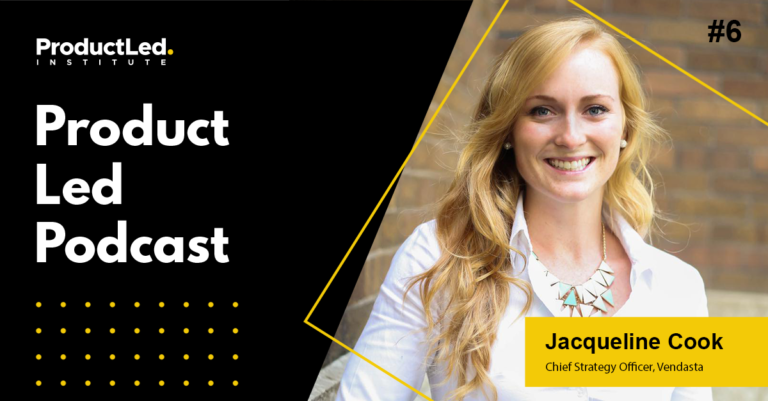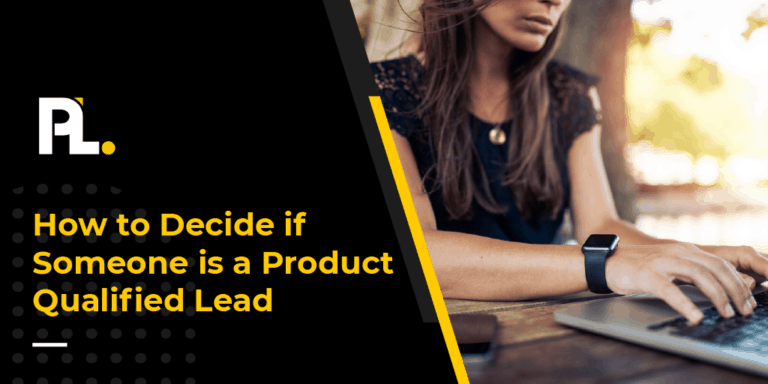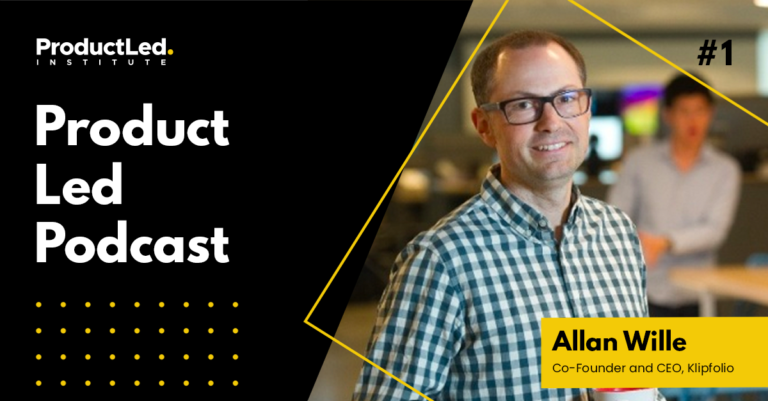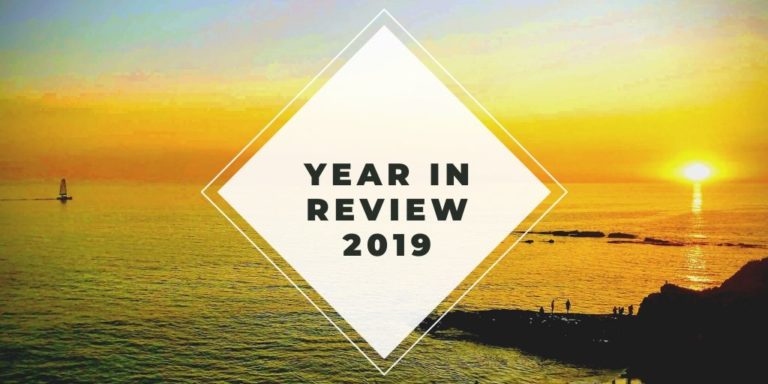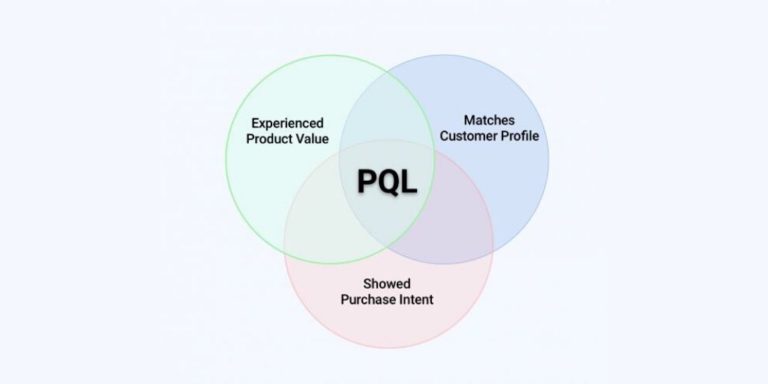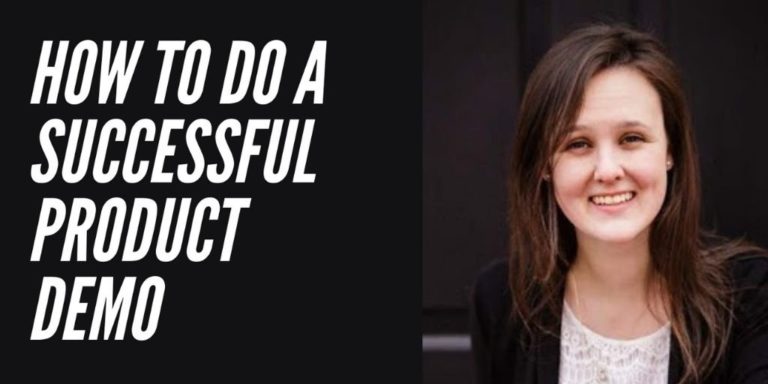A one-size-fits-all onboarding experience doesn’t cut it in today’s competitive SaaS market. Companies need to appeal to different user segments and communicate the value of their product quickly.
However, the path to onboarding success is not always clear.
Luckily, Userpilot researched the state of product onboarding. We signed up, studied 1,000 SaaS products, and then identified mistakes that contributed to increased dropoff and users never reaching their “Aha!” moment.
In this article, we break down the six most common SaaS onboarding mistakes companies make. The explanations and examples will help startups and companies transitioning from sales-led to product-led growth (PLG) to fine-tune their onboarding processes and thrive. (Here is where you can see the best user onboarding examples in action.)
Let’s get started.
Methodology of SaaS Onboarding Research
The goal of user onboarding is to help people become better at what your SaaS product enables them to do. For Userpilot, this is personalizing in-app experiences to increase growth metrics.
Even if you’re product-led, you need to care about user onboarding. Not doing so is a foolproof way to go out of business in an online environment with a lot of competition.
Userpilot conducted onboarding research on the SaaS industry:
- For our company’s understanding of SaaS industry onboarding.
- To learn and share best PLG practices.
- To find onboarding gaps and suggest best practices.
We wanted our SaaS research to represent actual, widespread industry actions.
Over four months, our team of five employees signed up for 1,000 of the fastest-growing SaaS companies. Then, they spent two hours testing their signup flow, onboarding, and email sequence.
Our research identified six of the most common SaaS onboarding mistakes listed below.
Onboarding Mistake #1: No Welcome Screen
In our research, 40% of SaaS products didn’t include a welcome screen during onboarding, which is a big mistake.
A welcome screen is like a hostess that helps curate an excellent customer experience at a restaurant. They smile upon your arrival, take you to an open table, and provide a menu from which to select your desired meal.
A SaaS welcome screen greets new users and directs them to click on a key action inside your SaaS app. A key action is the first event within the onboarding process that helps a user realize the value of a product. In turn, product activation and adoption rates improve.
SaaS Welcome Screen Examples
Userpilot welcomes new users with a friendly message encouraging them to install our Chrome extension.
Another example is ProductLed’s welcome screen.
Users are greeted by name and given an easy path to value – coaching, a certificate program, or a professional PLG community.
Onboarding Mistake #2: No Contextual Onboarding
Many SaaS companies make the mistake of not contextualizing their onboarding experience.
Our research found that 72% of SaaS products didn’t use customer events, like a call-to-action, to trigger onboarding.
Every prospect has their own onboarding experience with your product. Contextual onboarding is about showing the appropriate popup, message, or tool at the right time in the user journey.
How to Approach Contextual Onboarding
Learn from in-app user behavior and add customized events to begin contextualizing your onboarding experience.
HubSpot users can install a Chrome extension and start using its free customer relationship manager (CRM) tools. The company tracks each prospect’s behavior and may observe, for example, that one person may repeatedly copy and paste emails in the app instead of using their free email templates.
The popup below helps Hubspot contextualize the user’s onboarding experience and push them towards a more desirable action – experiencing the value of their CRM app.
Showing users the right message at the right time, like HubSpot, is a powerful element of contextual onboarding.
How to Use Customer Events in Onboarding
First, consider the user’s initial “Aha! moment” within the user journey. Activation occurs when a user realizes the value of your product and wants to continue exploring its features.
What are the first three events a user does after logging into your app? How do you want to show them the key feature activation?
After the initial “Aha! moment,” you need to kickstart product adoption. Do so by inserting five to ten more customer events in your onboarding process that introduce other features.
Strategically placed customer events help guide users through onboarding and improve the chances of successful activation.
Don’t leave them hanging. You never want to leave new users unsure of what action to take next.
Onboarding Mistake #3: No Personalization
Not personalizing onboarding is another mistake many SaaS companies make.
Several PLG companies ask for personalized data when users sign up for their apps. They usually do so to better understand their target segments but not to utilize these valuable insights inside the app.
Our research of signing up and observing 1,000 user onboarding processes found:
- 52% of the SaaS companies didn’t take advantage of industry, role, use-case, or goals.
- Only 35% of tools asked for goals and used that information for greater personalization.
Personalizing Your SaaS Onboarding
Take your collected data and use it to personalize the user journey.
Your SaaS product may serve various jobs for different market segments. One approach to personalizing your onboarding is based on the Jobs-to-be-Done framework.
Here are three steps to get started:
First, identify the first main goal of the new user. Like Wistia, for example, you can be upfront and ask, “What’s your main goal?”
Next, plan the minimum onboarding path to getting users to accomplish their job. What customer events get you there?
Finally, customize your onboarding based on the main goal of each prospect. Possibilities include user onboarding emails, welcome messages, in-app messages, product demos, checklists, tooltips, and sales outreach.
Onboarding Mistake #4: No Milestones or Success Celebration
Only 17% (or 171 of 1,000 SaaS companies) celebrated their users’ milestones and achievements.
SaaS products have superpowers. They help users accomplish multiple tasks, improve productivity, and intelligently use analytics.
Effectively using in-app milestones during onboarding helps your prospects understand what has to be done and improves user activation.
How to Add a Milestone to Onboarding
The best way to incorporate a milestone is to add a checklist or progress bar.
Our research found that 46% of SaaS companies still don’t use a checklist in onboarding.
Fortunately, adding a checklist is a relatively straightforward SaaS onboarding mistake to correct.
Check out the welcome of ProductLed’s Accelerator Program below.
The dashboard has a progress bar at the top and a weekly curriculum breakdown.
Onboarding Mistake #5: Don’t Connect In-App with Out-App Communication
If your in-app and out-of-app messaging isn’t aligned, you’re making a mistake. Communication with SaaS users needs to be strategic and timed well.
An email is a common form of out-of-app user communication. For instance, when users log in to an app, specific behavior may trigger an event aligned to an email. The call-to-action in the email needs to be relevant to where the prospect is in their user journey.
Although you may think email automation within the onboarding process is widespread, only 12% of the SaaS products in our research sent emails based on in-app triggers.
In-App and Out-App Communication Example
New Userpilot users must install two crucial extensions at the beginning of their onboarding journey.
- After app log-in, we send new users an email reminding them to install our Chrome extension.
- Then, upon completing this action, we send another out-of-app email message to install JavaScript.
The payoff of aligning our users in-app and out-of-app communication is a 70% response rate, improving activation.
Onboarding Mistake #6: Don’t Use Action-Based Interactive Walkthroughs
Users will be able to understand your SaaS product better if you can create a driven, action-based interactive walkthrough.
Here’s the scoop – Userpilot doesn’t believe that product tours are effective because simply showing users how your product works usually isn’t enough. During onboarding, interactive walkthroughs are a more effective educational tool.
Here’s why…
Product tours are a tooltip that shows users “click here” next, next, next. An interactive walkthrough is a process where you tell the user, “Click here,” and then go further and learn more to lead them to their “Aha! Moment” more quickly.
Our research found that 29% of SaaS companies have user product tours as part of their onboarding experience. This small percentage is a good sign. However, a shocking 71% (710 of 1000) of the SaaS companies didn’t include any interactive walkthrough or product education, which is a big mistake.
Interactive Walkthrough Example
Salesflare has a great interactive walkthrough that explains the benefits of its product and shows you how easy it is to use the software.
How Can You Fix Mistakes in Onboarding Quickly?
Nothing beats product-led growth (PLG) know-how supported by extensive research. Consider this article’s six SaaS onboarding mistakes and improve your process.
Making sure you have a welcome screen, trigger events, checklists, and an interactive walkthrough are just a few ways you can elevate PLG. Continue to grow and build a successful product-led business by signing up for Product-Led Growth Fundamentals, a free certification for product-led growth.


